.jpeg)
“Your flight time today will be …… 28 hours!” Now we love flying but that’s a bit much, even for us. We call it ‘ultra-long haul’. It’s when our pilots and cabin crew fly to the other side of the world, pick up some cargo and fly home again without getting off the aircraft. That’s a tough gig. But thanks to their efforts and the tireless work of our cargo team, we’ve been able to bring a huge amount of much-needed PPE and Covid test kits into the UK. It all came about when some creative thinking by our cargo team produced a far-fetched idea. Then teams from across the business worked together to make it a reality, helping us stay in the air and play our part in the UK’s fight against the virus.
When passenger flying ground to a halt last year, demand for cargo was as strong as ever. On top of that was a pressing need to ship vast quantities of PPE and covid testing kits into the UK. That’s when our cargo team sprang into action and looked at flying our empty aircraft as cargo-only flights, something we’d never done before.
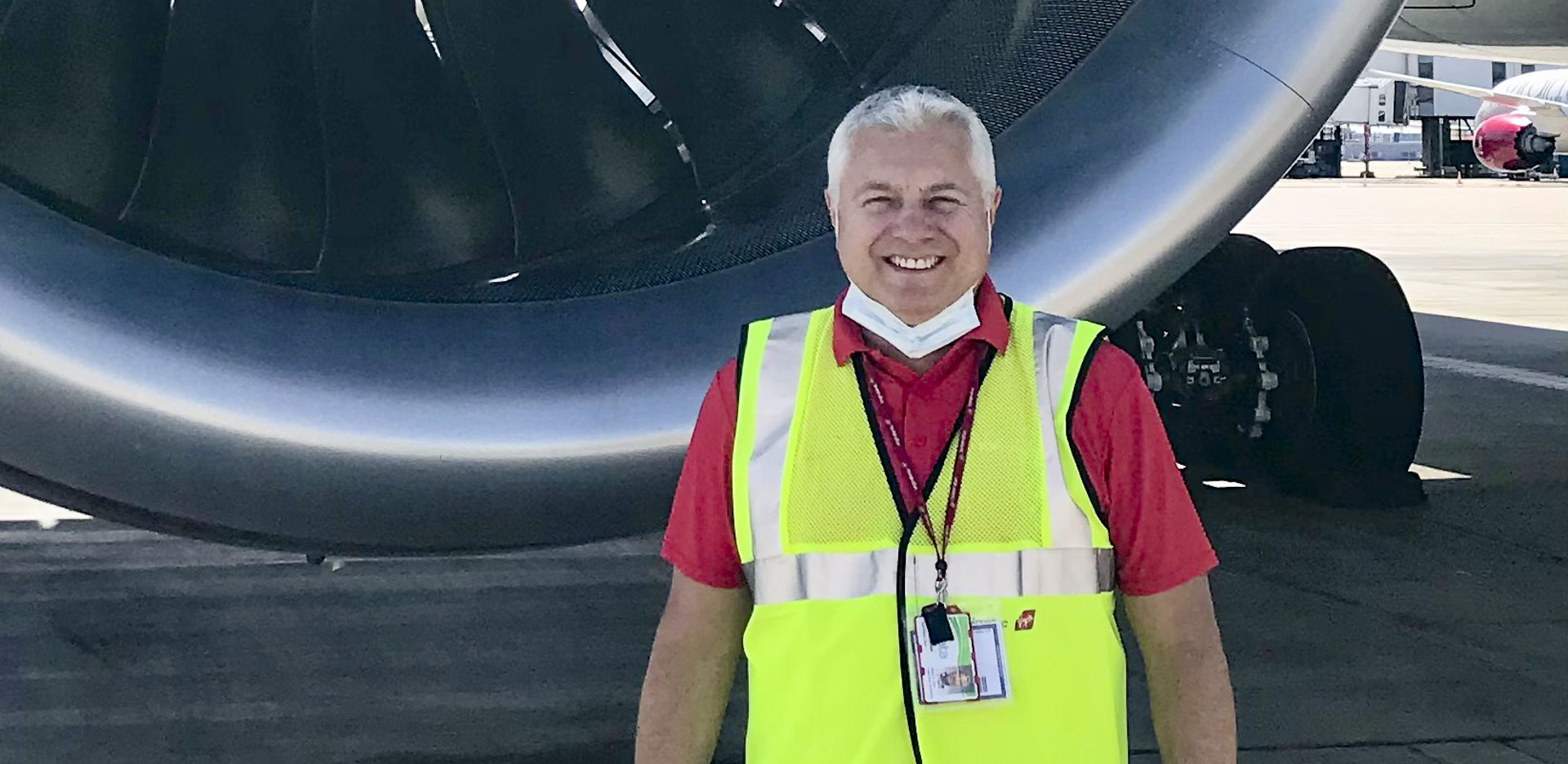
Steve Buckerfield
KEEPING SUPPLY CHAINS RUNNING
In normal times the amount of cargo we can carry is limited by the amount of space left over after our customers’ bags have been loaded. But without passengers our cargo team can use all the hold space. That’s a lot of cargo. Then they spotted an opportunity to increase capacity even further, by using nets to secure additional cargo to the passenger seats.
The idea came from Steve Buckerfield, our head of cargo sales, who remembered flying mailbags on netted seats in a previous job. The question was, how did we make it happen? Of course, safety is paramount so our cargo team sourced the nets, and together with engineering, flight operations and many others around the business, carried out all the risk assessments and gained approval
from the Civil Aviation Authority (CAA) – more of them later.
Countless other obstacles had to be overcome. How do they fit the nets? What weight could they carry? It takes up to seven hours to fit them so that had to be built into the flight schedules. They worked with our flight planning teams to ensure the weight and balance of the aircraft was still within limits. Finally their efforts were rewarded with CAA approval. That meant that our aircraft could now carry the equivalent of four extra lower deck pallets onboard – a huge boost to our capacity.
But there was one slight problem. With borders now closed, our crew couldn’t enter China. It appeared we were grounded.
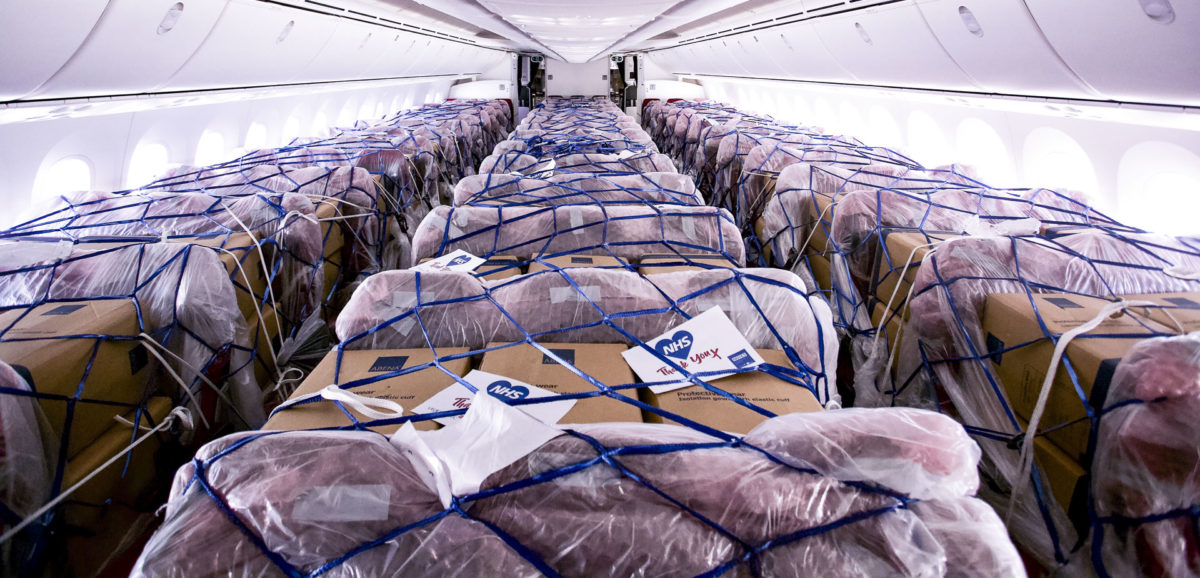
PPE and Covid test kits, loaded onto economy seats, secured with the nets, ready to fly home to the UK
"We had a phenomenal team of people working on this. Since last February, they've worked relentlessly with energy and passion, and come up with some incredible ideas that made it happen. Amazing things really did happen in what was our worst year as an airline." – Tania Boyes, head of cargo operations.
HOW DO YOU SOLVE A PROBLEM LIKE BEING GROUNDED?
We love a good challenge and once we realised our crews couldn’t enter China, we put our creative thinking caps on. The solution was something we called ‘ultra long haul’. The idea was to put seven pilots and four cabin crew on a flight. Three pilots fly the aircraft to China (with
two cabin crew monitoring the cabin) while the others slept and rested. Then on arrival, without getting off the aircraft, they swap places, and the rested crew fly the aircraft home. We’d never done anything like this before so it began with a visit to our fatigue management team.
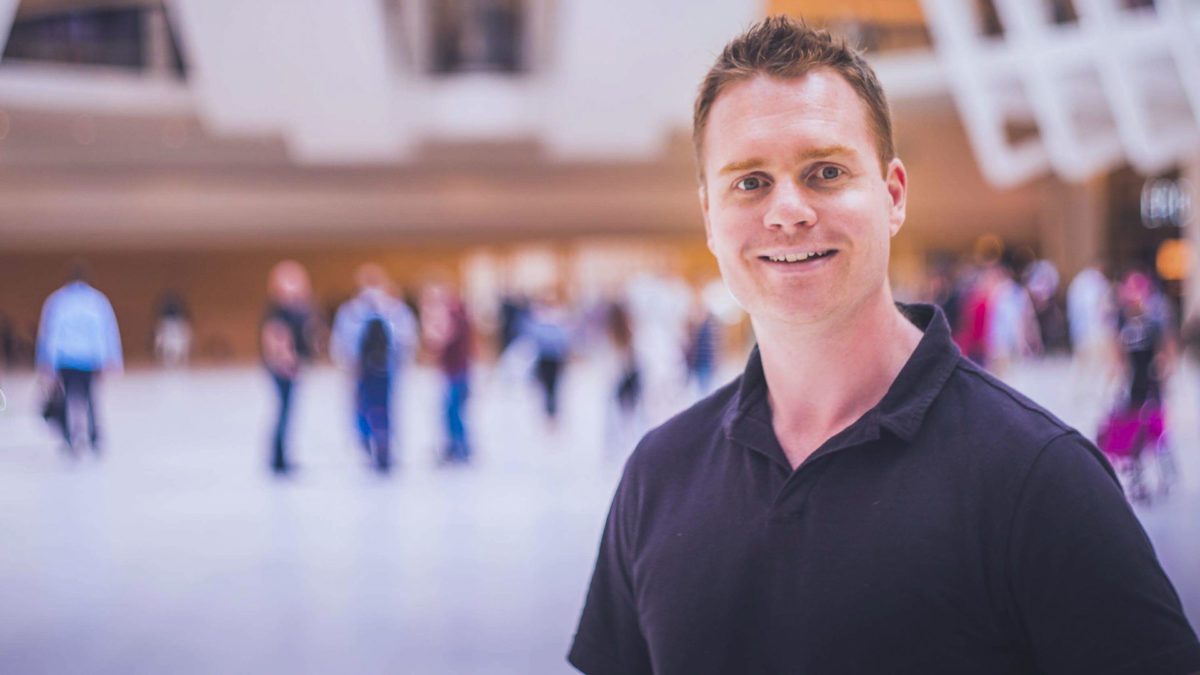
Rob, seen here wide awake.
FATIGUE MANAGEMENT: SO INTERESTING, IT WILL KEEP YOU AWAKE
Rob Bissett is our manager for fatigue and safety human performance. On a normal day, Rob and his colleague Jane Unwin, use incredibly sophisticated software and biomathematical models (yes really) to analyse pilot and cabin crew trip patterns and predict sleep and alertness levels, ensuring the safety of our customers and crew. He cut his teeth as a pilot so knows only too well how flying long-haul can mess up your sleep patterns. It’s something all airlines take very seriously. They analyse many different factors including time zones, sleep patterns, the effects of being in day or night in different time zones, light conditions and circadian rhythms. They then map predicted alertness levels to different phases of the flight – typically the top of descent on arrival to your destination – and to do this, use a scientifically recognised alertness scale called the Karolina Sleepiness Scale (or KSS for short). It’s complicated but you get the drift.
We know that alertness levels fluctuate through the day and we can use this information to best manage rest on board. The flight times and duty periods are modelled to show that we can operate these duties with the highest levels of safety, ensuring we have the right number of crew and the right rest periods to operate these trips. We then needed more
approvals from the CAA. Step forward Captain JJ Burrows, our head of technical operations and standards.
JJ and the Fleet Managers, Rob Lawton and Jon Walker worked at length with the CAA to put in place essential fatigue mitigation procedures, fuelling policies and rule sets for operational disruption (in the event an aircraft becomes unserviceable down route the crew are allowed to take rest on the aircraft!), including recording the crew sleep patterns on every ULH flight. Each crew member also had to fill in a fatigue report, needed to live or stay near the airport before the flight and needed two days off before and three days after each ULH flight. And finally, JJ and the team have to submit a report to the CAA after each flight. We also complete detailed internal reviews of the results to see if there are any adjustments that we need to make such as the order in which crew take their breaks or where on the aircraft is best to do that.
While the flight ops team were busy getting approvals in the UK, Lynne Chen, our airport manager in Shanghai, was working tirelessly to get all the approvals we needed in China.
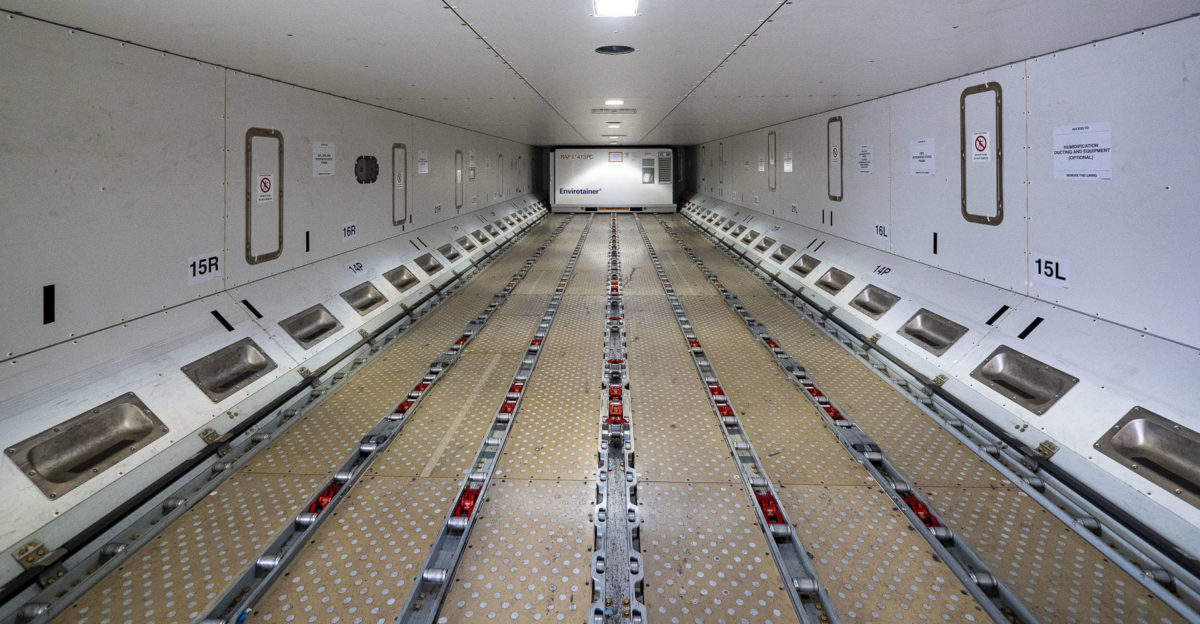
The gargantuan belly hold of the Airbus A350
FLYING OUR LONGEST DUTY
While there are currently no passenger flights from Heathrow’s Terminal 3, our cargo flights still use this terminal. As you can imagine, it is eerily quiet, with all shops closed and restaurants empty. After
passing through security, the walk to the aircraft feels much longer as all the travellators are turned off – just another weirdness of the pandemic. But once out at the aircraft, it’s remarkably normal.
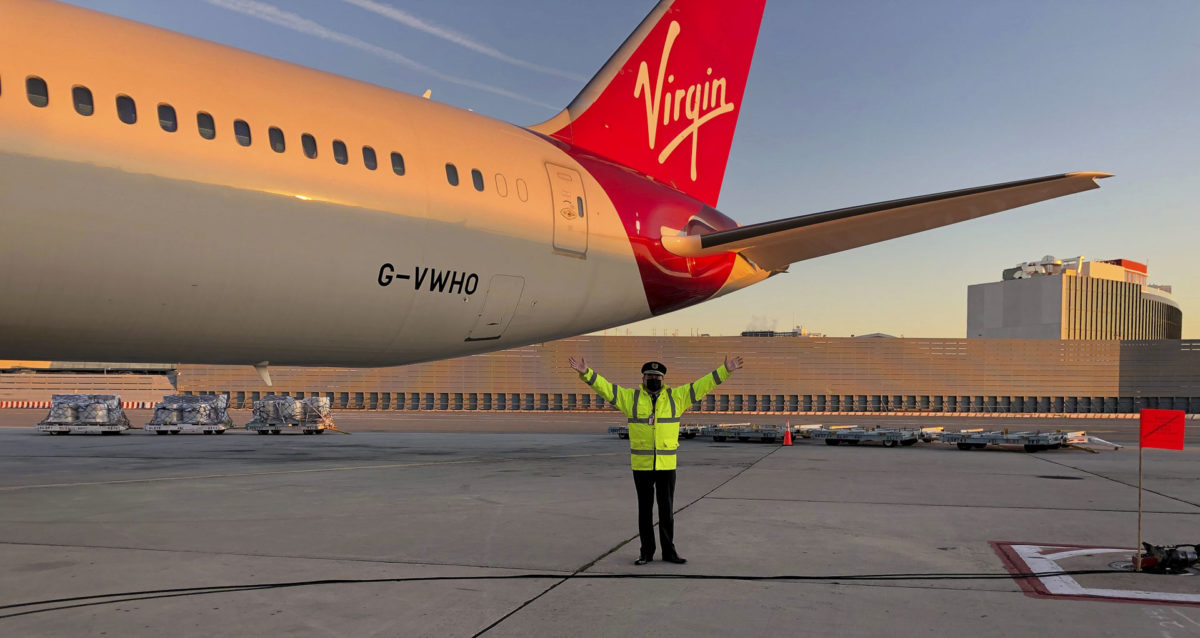
Captain Steve Walker and his Boeing 787
THE PILOTS' STORY
Captain Stephen Walker is one of our 787 pilots who has flown a few of these flights. “The first few ULH trips were strange,” he explains. “And the worst one for me personally was arriving in Johannesburg only to fly straight back to the UK. Normally I’d be looking forward to a nice meal with a fun crew, and here I was taking off, three hours later. A real shock to the system!”
“As strange as these trips are, the flying is not really a big deal as when operating an aircraft without passengers, nothing major changes. Before each flight we are fully briefed, and as with any flight, a dedicated team on the ground are always keeping an eye on us and plan for all eventualities.”
"When you first see ULH on your roster your eyes pop out for a minute at the thought of a 30-hour duty on the same aircraft. The first thought is: "This isn't what I signed up for, where's my layover?" But then you realise 2020 isn't what anyone signed up for and in doing these flights you know you are helping the NHS by bringing in vital supplies and doing our bit for the UK." – Caroline Paton, flight service manager.
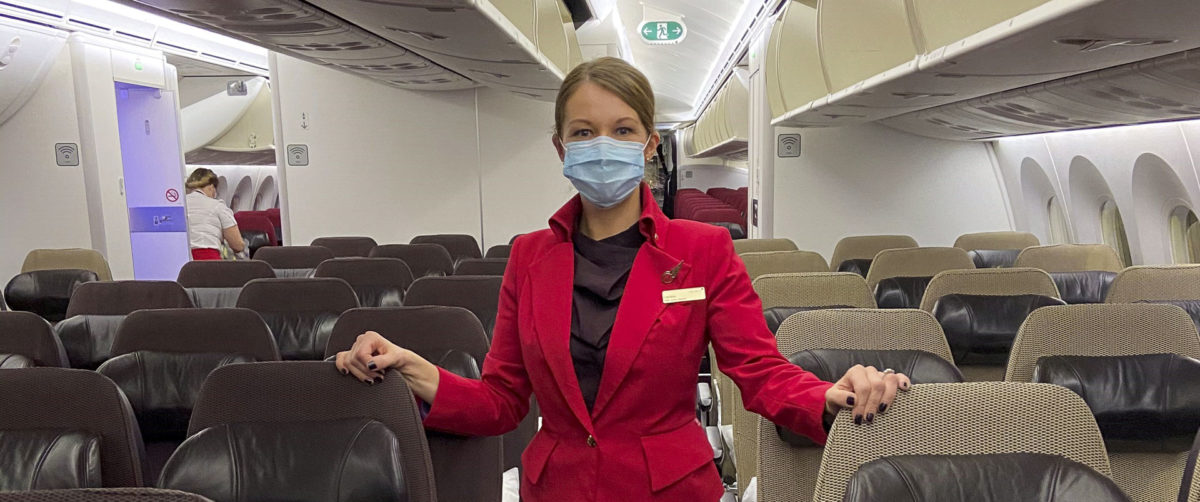
Caroline onboard, ready for the marathon
CABIN CREW IN AN EMPTY CABIN
On these ULH flights are four cabin crew – two to work each sector. The flights involve all the usual pre-flight checks, and the cabins need to be secured just like any other flight. One of the cabin crew is always on duty to monitor the cabin, galleys and toilets, and to check in on the pilots.
“After take-off, the crew change out of their uniform and into comfy clothes. During your duty the best way to entertain
yourself and do your 20-minute checks at the same time is to walk loops of the cabin and get your steps in. I think 86 loops from premium to the back galley and back is 10,000 steps,” says Caroline. “The cabin can feel very eerie and lonely, as you’re used to full cabins and are normally busy serving and talking to customers. However, it’s not so empty on the inbound flight as boxes containing PPE and Covid test kits are on every economy seat.”
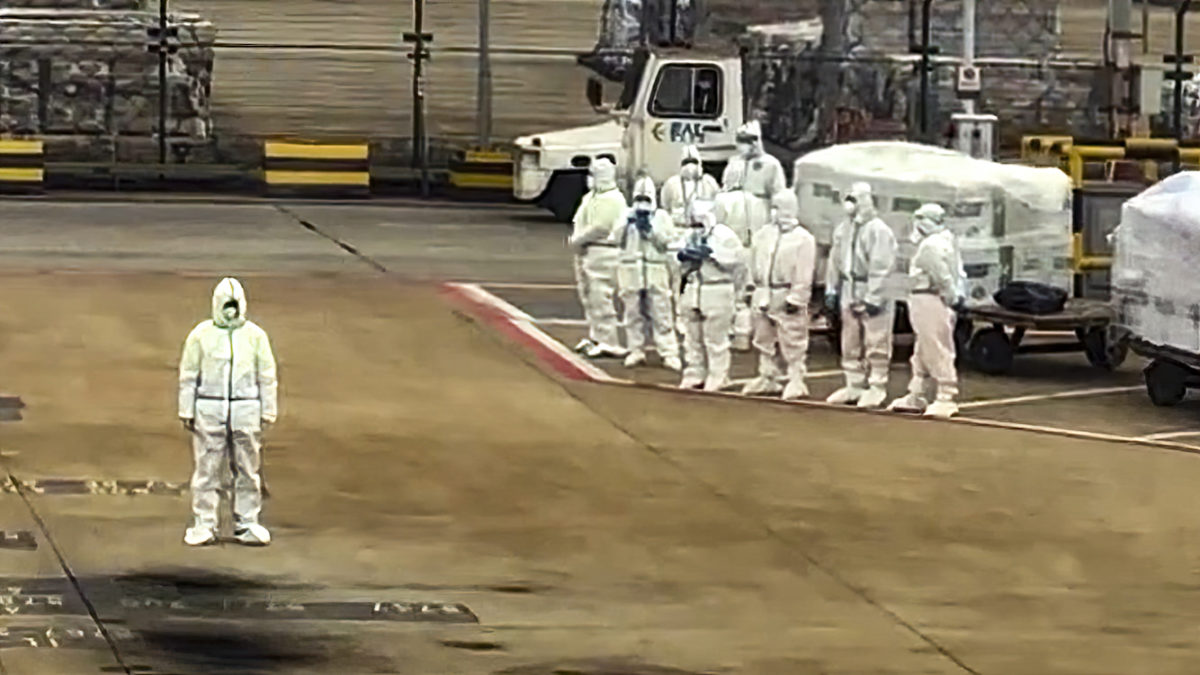
The welcome party in Shanghai
ON THE GROUND IN CHINA
In China, the flights are met by ground staff wearing full white PPE suits. There are cleaners, ground agents, engineers, people taking everyone’s temperature and the team responsible for loading the cargo. Now the crews change over. The pilots and cabin crew who rested in the Upper Class cabin take over from the crew who operated the flight out. While this is all going on, one person’s job is just starting.
Jerry Zhang is our cargo operations
manager in Shanghai, and he’s been our man on the ground in charge of the loading. He’s also responsible for liaising with the airport authorities, and, at times, drumming up volunteers from our city offices and airport teams to help get the loading done in time. The cargo of PPE, Covid test kits and respirators must be loaded within two hours to ensure the total duty time for the crew doesn’t exceed 30 hours, so there really isn’t much wiggle room.
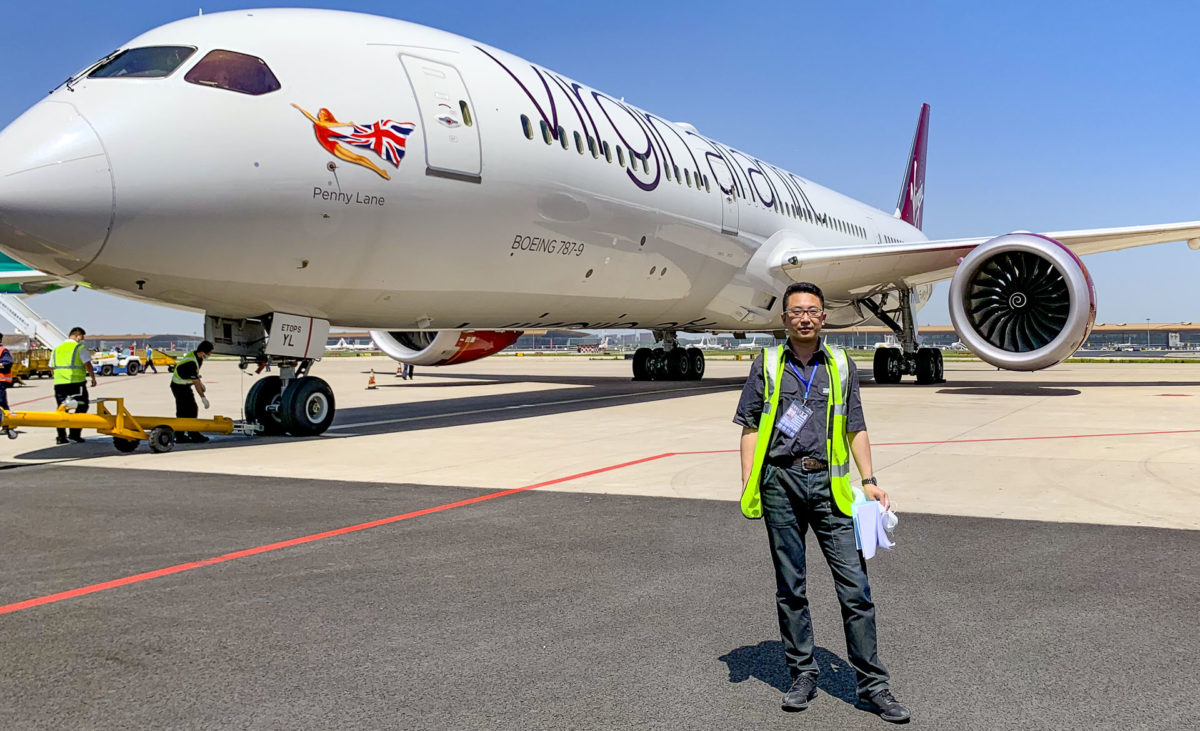
Jerry Zhang in Shanghai
"It's been my honour to do my part at this critical time for the company. Thanks to everyone involved with this amazing project we've been able to transport over a billion items of PPE from here in China to the UK." – Jerry Zhang, cargo operations manager, Shanghai
HEADING HOME
For the crew positioning home, the priority is sleep so they head for the Upper Class cabin. “We are normally asleep by the top of the climb, safe in the knowledge we’re being looked after by the best in the industry both in the air and on the ground,” says Steve. On the Boeing 787, the dimmable windows are set to their lowest setting and the whole cabin is plunged into a perpetual night for both legs even if its bright daylight outside. Our resting crew still have a lot of time on
their hands. With all the seats in economy filled with cargo our in-flight entertainment systems are switched off and the screens bubble wrapped to protect them. So they make sure they have books to read and their phones and tablets loaded up with enough film and TV to watch. In-flight meals and snacks are provided for everyone but our crews have been known to bring along a few extra special treats of their own.
“There was definitely a feeling of pride conducting these flights, mixed in with gratitude: pride from bringing much needed protective equipment to help NHS staff and also help the company earn some much needed revenue, and gratitude from being in the fortunate position of being able to conduct these flights at all whilst other colleagues were furloughed or worse, facing redundancy.” – Ben Williams, senior first officer.
Once back in the UK the crew are offered an airport hotel if needed. “When you land back into the UK you get at least three days off before your next flight – which you need as you are lucky if you know what day it is, you are that tired,” says Caroline. “The thing that gets you through is knowing you’re bringing in vital supplies for the NHS and helping towards our airline’s survival. We also know that in a few years we’ll be telling the story to our customers and fellow crew about what flying we did during the pandemic.”
